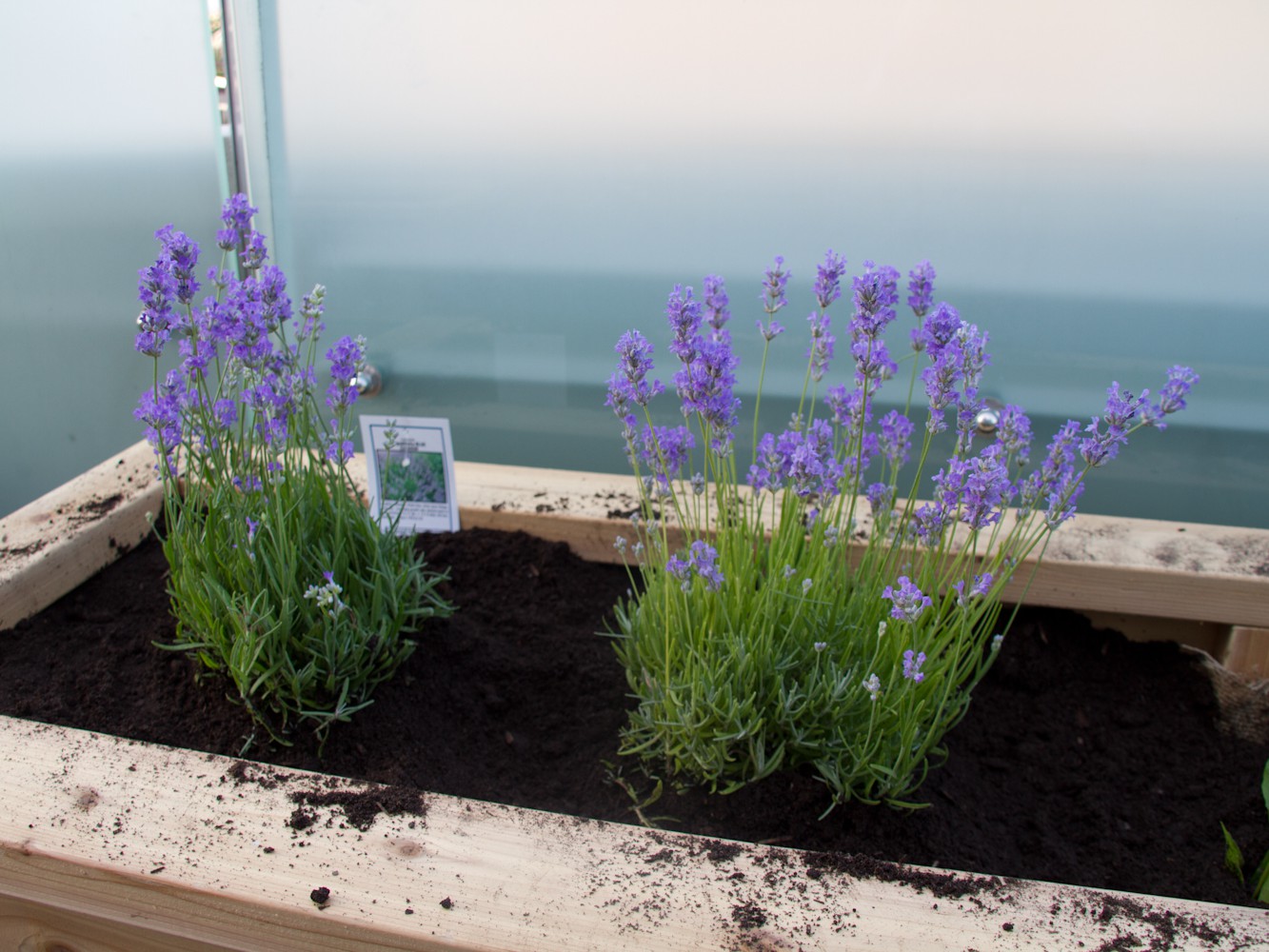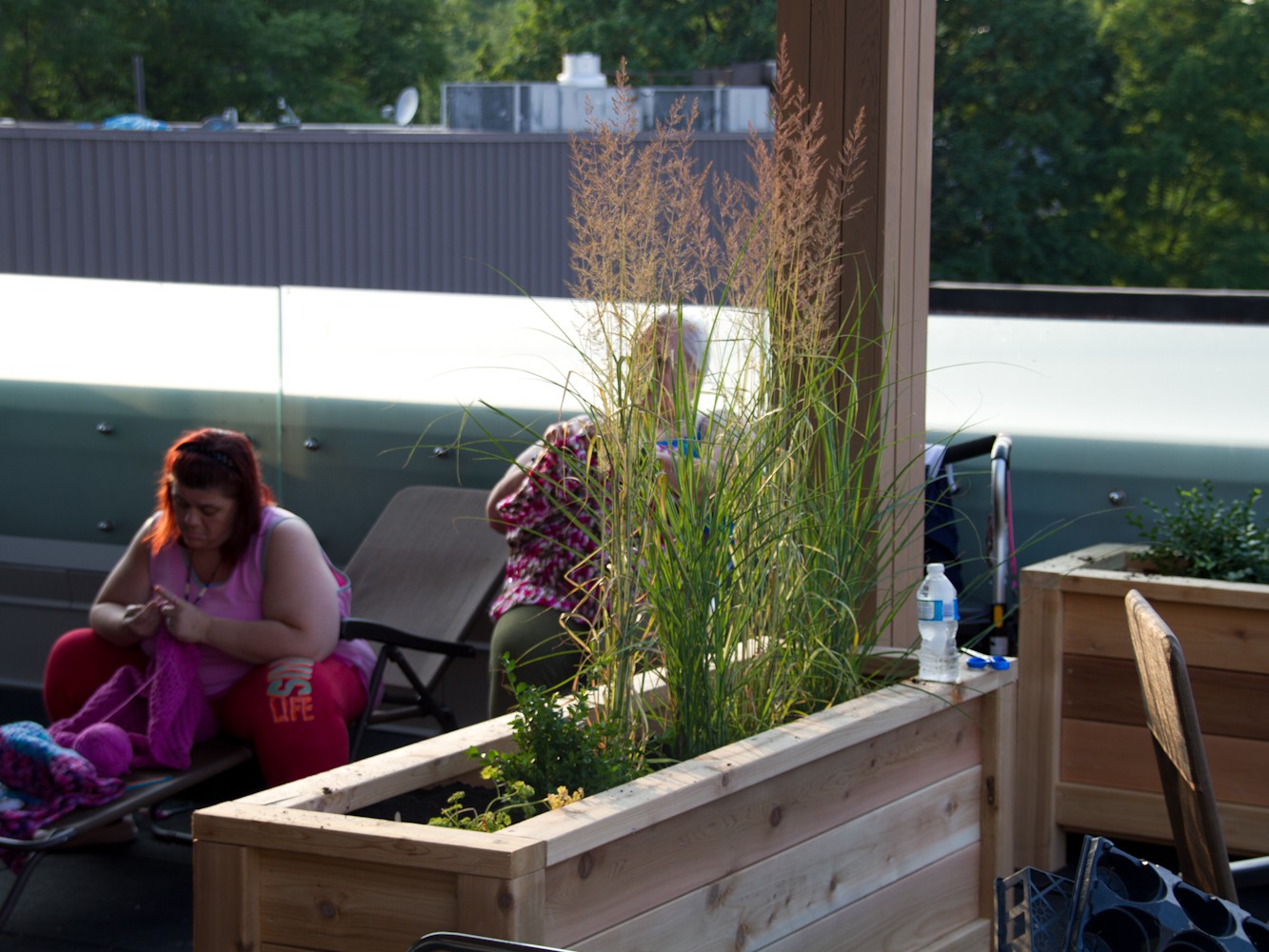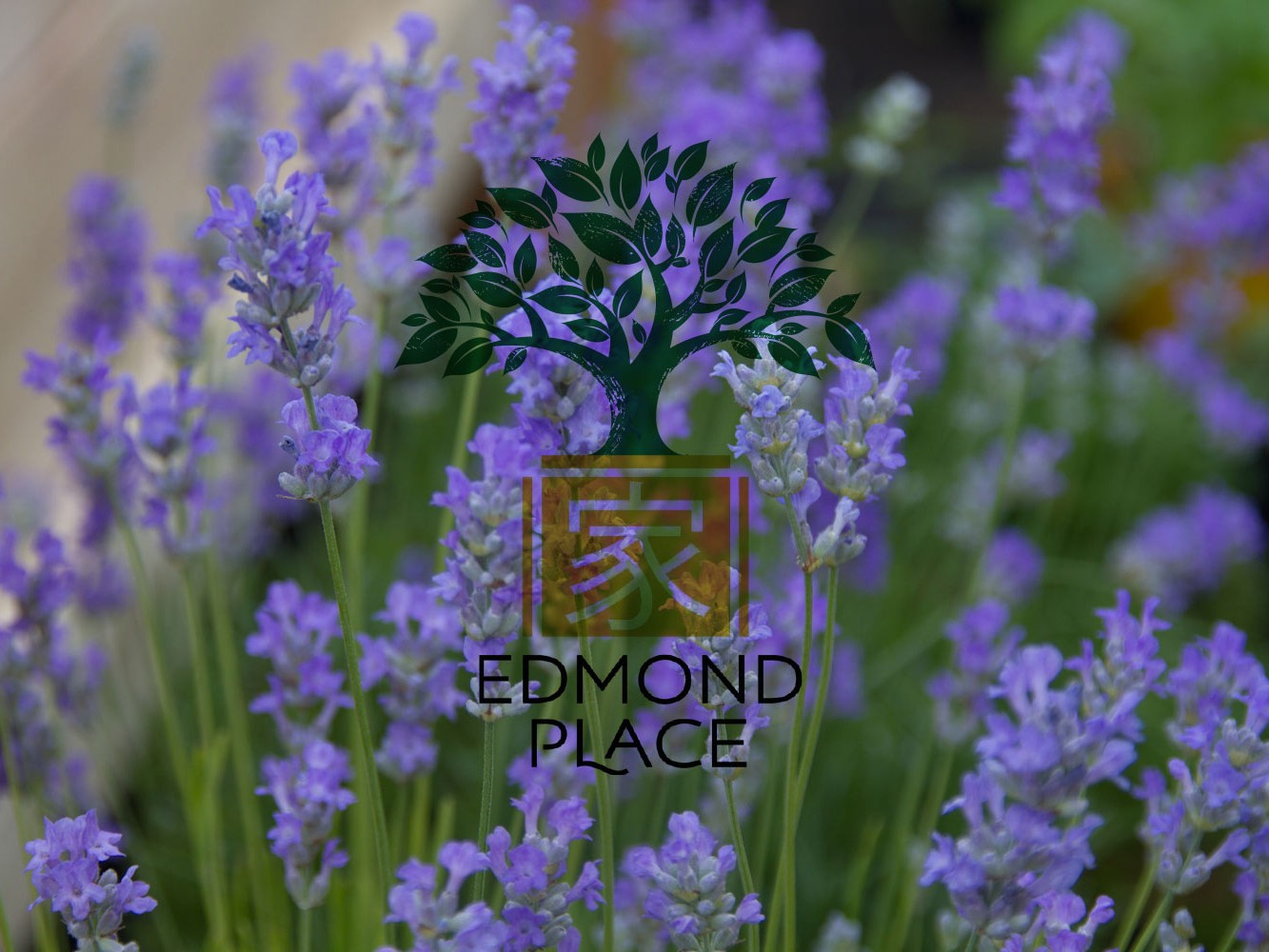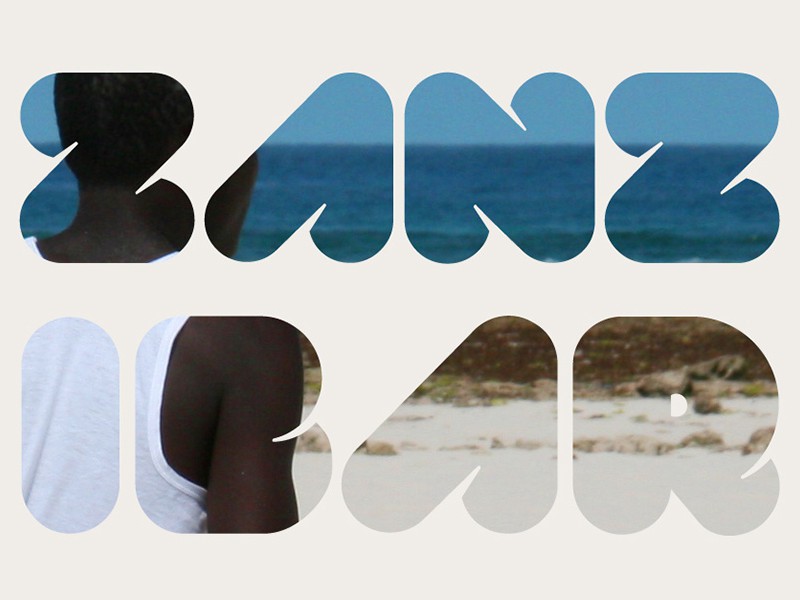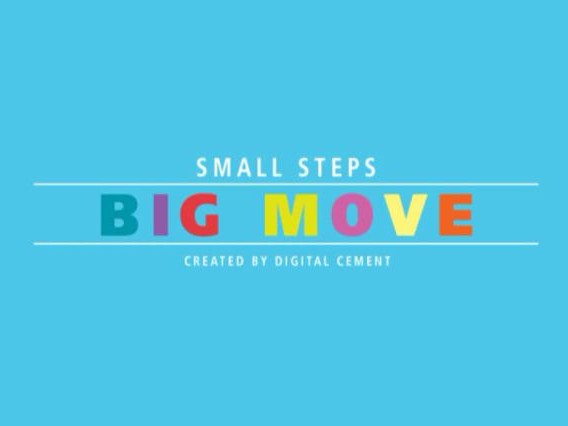Roof Experience Design
Edmond place is a community housing project in Parkdale, Toronto. It was named after Edmond Yu, a U of T medical student whose death ignited debate about the Toronto Police’s use of force when dealing with the mentally ill.
Mr. Yu was someone who “fell through the cracks” in Toronto. He had been diagnosed with schizophrenia and while he didn’t require full-time treatment, nor was he able to live on his own. Edmond Place was established as a home for people in similar situations. It was built in affiliation with PARC (Parkdale Activity Recreation Centre), a drop-in community centre that services the community of Parkdale.
Shared Community
While located in Liberty Village, on the edge of Parkdale, Digital Cement shared a community with PARC. During our tenure there, we helped PARC with various activities from fund-raising to helping out in the kitchen during the busy holiday season.
In 2011, we were asked by PARC to design a green roof space for Edmond Place. Many residents of Edmond Place have never lived anywhere with a yard or garden, and have never had a home of their own. This would be an opportunity, we agreed, to create a quiet garden oasis in the middle of the frantic city.
The Approach
We approached this project like any other design challenge. We thought about our users, researched their behaviour, and tried to design an empathetic solution. There was, however, a twist: A group of ten students from the York School in Toronto were scheduled, as part of their senior year community service program, to do some volunteer work at PARC. Digital Cement was asked to involve these students in the design process. We did.
I drafted a creative brief for the students that framed the roof project as a design challenge. I wanted to:
- Teach the students about the creative process
- Enagage them in helping us research
- Get design input and ideas from them in the form of roof design sketches
Through the creative brief, the York School students were introduced to persona development and empathetic design thinking. We asked them to interview Edmond Place residents with the hope that they would get a better understanding of the people who they were designing for. We asked the students to sketch roof designs, to present their designs and to support the decisions that they made with design rationale.
The exercise was a success. Simple decisions such as including ashtrays in the garden plans showed that the idea of designing around user needs had been understood.
The Final Design
Using the student designs as an input, I set about drafting roof designs of my own. I lead a tenant meeting with Edmond residents to once again find out what they wanted from the space, and I circulated questionnaires with the same intention. It was very important that all stakeholders be involved in the design process so that there was a true feeling of inclusion among both internal and external stakeholders.
I drew upon knowledge from gardening and landscaping experts and used this as another design input. In so doing, I discovered an active community of urban gardeners in Toronto.
Planting Day
On July 15, we were ready to do the heavy lifting and to plant the garden. Cedar planter boxes had been commissioned and built by a talented local artist. They were carried up onto the roof along with 8 cubic meters of soil and a wide variety of annuals and perenials.
Residents were engaged in the planting, along with a rag-tag team of volunteers from Digital Cement.
At the end of the day we had created a usable garden oasis that met the needs and wants of the residents of Edmond Place.
A Communications Challenge
Digital Cement is a marketing communications company. While we were happy to flex our design muscles within a different medium, we couldn’t help but also look at the project and see a communications challenge.
Many of the residents of Parkdale are uneasy about having a home for people with mental illnesses located in their backyard. The community suffers from “nimbyism” (…not in my back yard…). The communications challenge that we identified was: how do we make Edmond Place seem less intimidating to the wider community? How do we persuade residents of Parkdale that Edmond Place can have a positive influence on the community?
We realized that the green roof could be the answer. We hoped to host a farmer’s market with the produce harvested from the Edmond Place roof. In so doing, Edmond Place would turn a friendlier, less intimidating face to local residents. The Edmond Place roof project could serve as an example of how easy it is to grow local food in the heart of the city.
Victory Garden
During World Wars I and II, so-called “Victory Gardens” were vegetable, fruit and herb gardens planted at private residences and public parks in the United States, United Kingdom, Canada and Germany. They served to reduce pressure on the public food supply. In addition to indirectly aiding the war effort, these gardens were also considered a civic “morale booster” — gardeners could feel empowered by their contribution of labor and would be rewarded by the produce that they had grown.
The move towards locally-grown food today creates parallels to the Victory Garden – local food gardening takes pressure off domestic food supply requirements. Can Edmond Place become a Victory Garden in Parkdale? Can it encourage positive change within the community while at the same time boosting morale among the residents of Edmond Place as well as the wider community?




